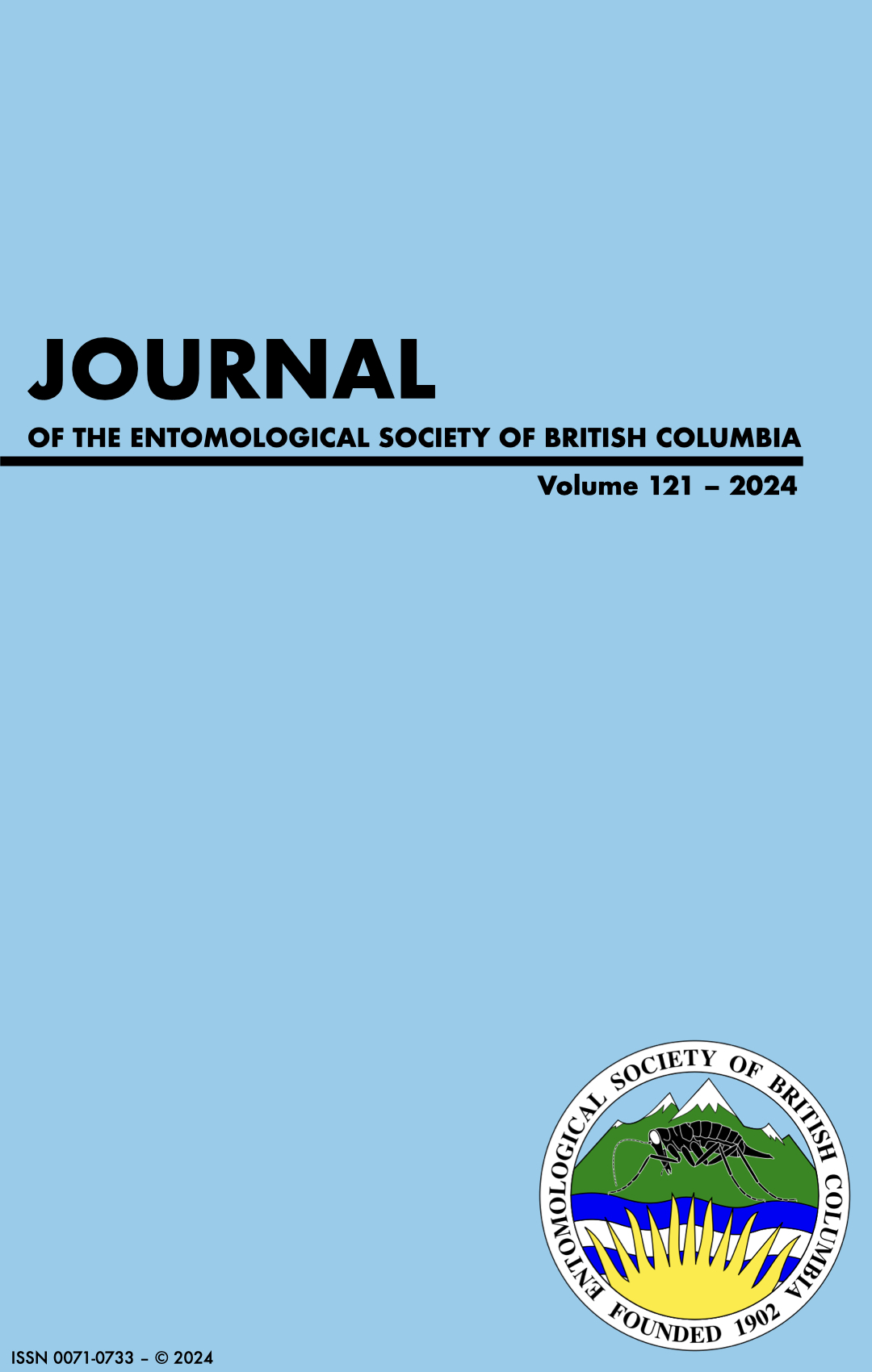Calliphoridae Community Composition in Sunlit and Shaded Areas during Early Colonization in Metro Vancouver, British Columbia
Abstract
Necrophagous insects, particularly some species of blow fly (Diptera: Calliphoridae), are extremely useful in medico-legal entomology, as they colonize a body very shortly after death, if conditions are appropriate. Their species and development rates can be used to estimate their tenure on the body and so infer minimum time since death. As many blow flies have specific geographic and seasonal ranges, as well as habitat preferences, their presence on a body can also be used to infer whether a body has been moved from the original death scene. This study focused on the preferences for bait in sunlit or shaded areas. Eighteen beef liver-baited traps were deployed weekly at three sites, equally between sunlit and fully shaded areas. Eight species of blow fly were collected with the dominant species being Lucilia illustris (Meigen), L. sericata (Meigen), Calliphora vicina Robineau-Desvoidy and Calliphora latifrons (Hough). There was no difference between Calliphora spp. between trap placements, but Lucilia species were collected more frequently at sunlit sites, although statistical differences were only seen with L. illustris. Higher numbers of all insect species were collected in sunlit traps. This study indicates necrophagous insect preference, or lack thereof, for carrion sites and is important in determining which species may indicate a specific habitat.
Downloads
Published
Issue
Section
License
Authors who publish with the Journal of the Entomological Society of British Columbia agree to the following terms:
-Authors retain copyright and grant the journal right of first publication with the work simultaneously licensed under a Creative Commons Attribution License that allows others to share the work with an acknowledgement of the work's authorship and initial publication in this journal.
-Authors are able to enter into separate, additional contractual arrangements for the non-exclusive distribution of the journal's published version of the work (e.g., post it to an institutional repository or publish it in a book), with an acknowledgement of its initial publication in this journal.
-Authors are permitted and encouraged to post their work online (e.g., in institutional repositories or on their website) prior to and during the submission process, as it can lead to productive exchanges, as well as earlier and greater citation of published work (See The Effect of Open Access).


